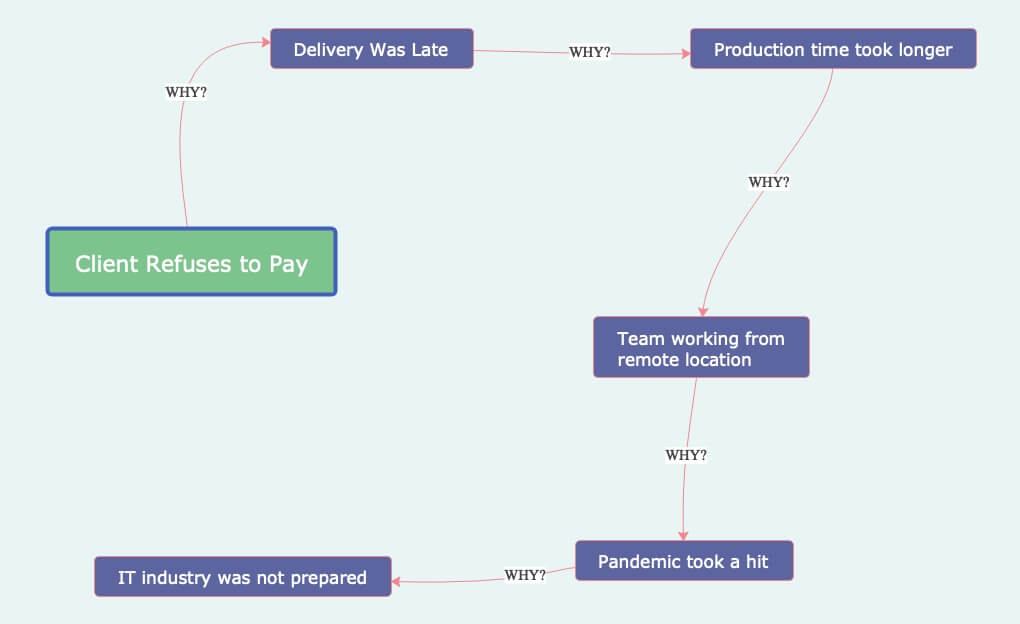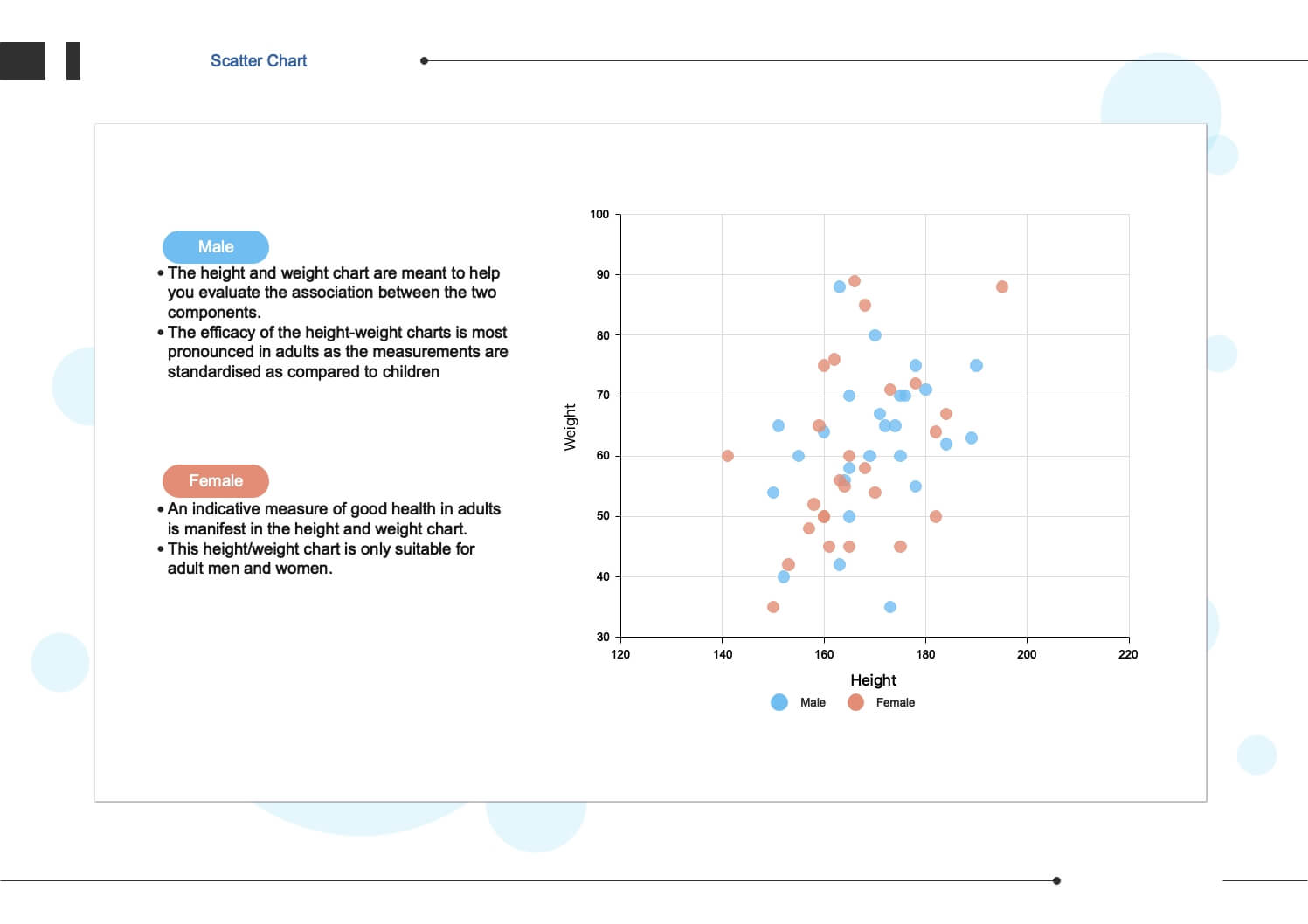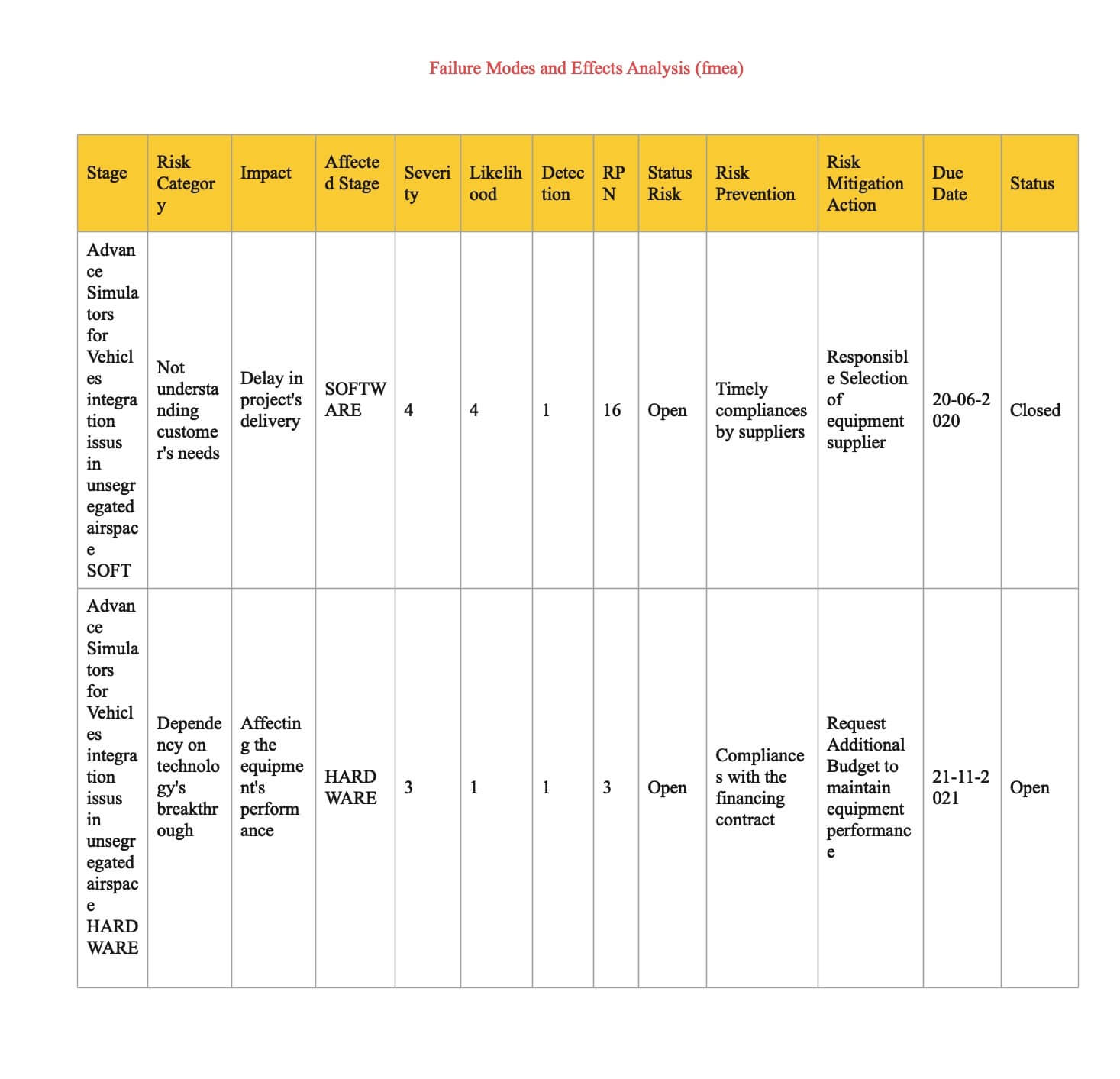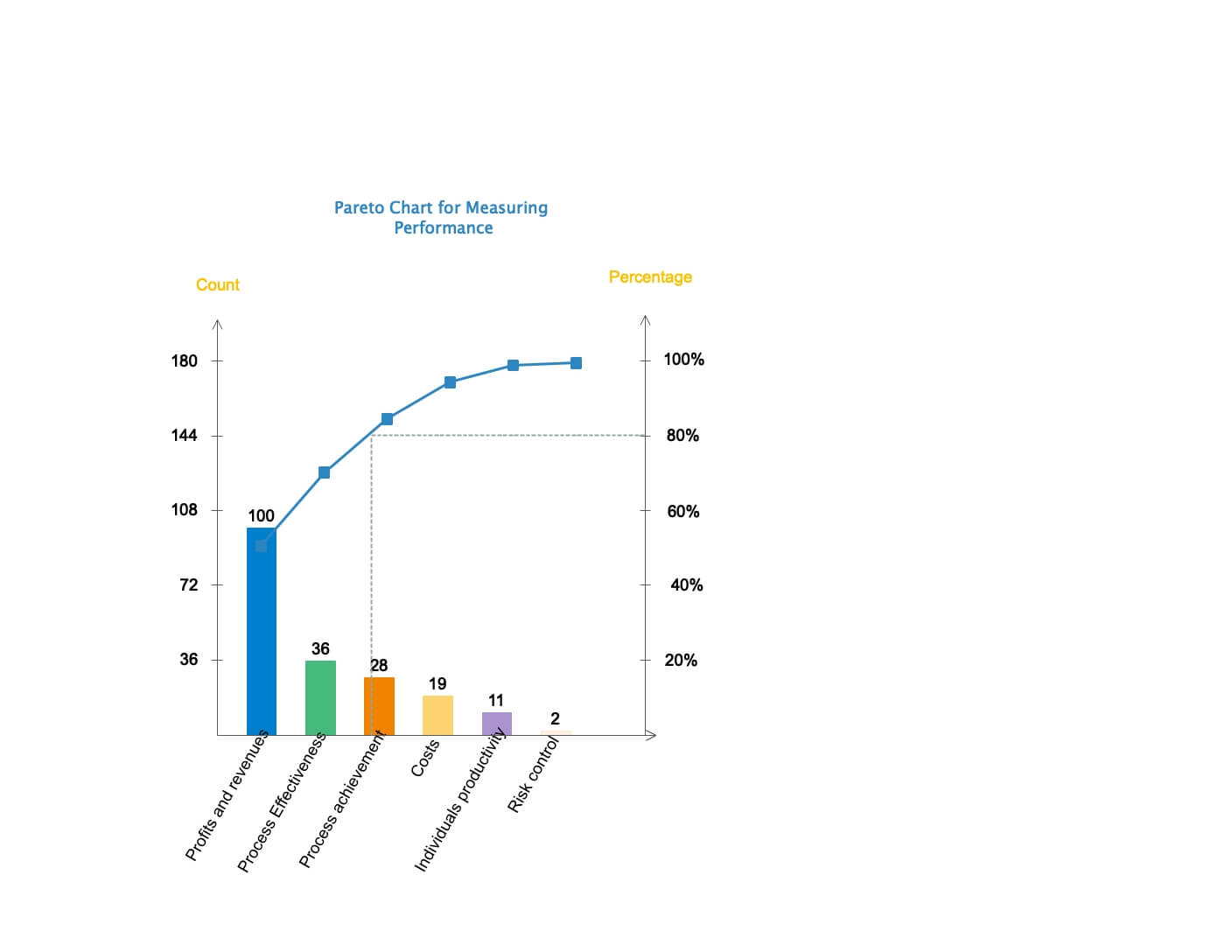Root Cause Analysis Method (RCA)

The root cause analysis method (RCA) is a process that lets us consider the actual reasons for a problem. The root cause analysis method digs deeper using various analytical techniques to gather evidence and then allows you to develop an action plan. This method helps you to define the contributing factors to your problem and prevent it from happening again.
The best way to understand the root cause is to consider a typical problem that you could face in life, such as if the home internet unexpectedly stopped working. Then analyze the factors of the loss of the internet: power cut, incomplete connection, etc.
The application scenarios for the root cause analysis tool are -
- To understand the failure of a project and the various elements that led to the loss.
- In a factory, to understand why a machine or a section of devices are delivering as expected.
- There are specific military applications - to understand strategies and upgrade to better defense strategies.
The benefits of root cause analysis methods are:
- Accessibility: Available for debate with the whole team after the impediments to producing results have been discovered.
- Depth: The likelihood of a team reflecting on the real cause is higher when the research is not conducted superficially, but an in-depth analysis occurs.
- Standardization: Analyses follow the same form of operation and strive to find the root cause of all systems that do not attain their objectives.
There are three common forms of root factors that can potentially influence a problem:
- Functional causes: For whatever reason, a physical object fails, e.g., if an MRI system ceases functioning at a hospital and prohibits a patient from accessing adequate healthcare. These are functional causes.
- Human causes: There was something terrible committed by one person or by many team members. Human error also leads to a physical trigger, e.g., if the hospital’s quality control staff did not conduct a scheduled inspection of an MRI machine that caused it to malfunction.
- Organizational causes:If a device or procedure that an entity uses to perform its work is defective, e.g., if the quality control department of a hospital wrongly assumed it was the patient care department’s duty to check the MRI machine, and nobody checked it. These are based on organizational functioning and come under organizational causes.
If you know the root cause, a proactive measure should be taken to ensure that the situation never occurs again, and eventually create a timetable and schedule to execute the solution.
You may also use the methods to help you find possible defects in your plan before they happen. RCA's goal is to consider all the root causes of a crisis. Using a method of research is a valuable technique for performing this mission. Five common approaches for evaluating root causes are:
1. The five whys:

The five whys questioning method is a problem-solving technique consisting of questioning, "Why did this situation happen? And then follow the clarification with a sequence of more "But why?
It begins from the concept of digging deep into a problem, seeking to isolate the root cause of the more profound question. Using the five whys method is more useful for issues with only a few variables.
2. Scatter Diagram:

This approach systematically explores all the developments leading up to an incident to find methods for risk control. This is especially helpful in situations where there are several potential triggers.
3. Failure Mode and Effects Analysis (FEMA):

One of the first comprehensive approaches for examining failure, FMEA is a step-by-step guide for identifying the possible shortcomings in a product, business process, or operation. If you have established every single failure in a system, you will then analyze them one by one to understand the consequences of these failures.
4. Fishbone diagram:

Also known as an "Ishikawa Diagram" or a "Cause and Effect Diagram," this RCA technique is a graphic means of describing cause and effect. The fish skeleton's spine in the center of the diagram represents the real problem, and then the skeleton's rib bones, which branch out of the range, represent possible triggers.
5. Pareto Analysis:

This method of analysis is a mathematical approach to solve problems. It requires finding a few underlying causes of concerns that need to be resolved to overcome any difficulties. Pareto theory follows the 80/20 law, which states that only a few significant triggers (20 percent) create around 80 percent of issues.
This four steps guide can help you perform a root cause analysis -
- Define the problem. Analyze what you see happening, and define the specific signs so you can determine the situation.
- Collect data. Before you can move on to addressing the root concerns, all facets of the problem need to be gathered and analyzed. Doing a case study, reviewing an event, or evaluating an injury are several typical ways of accomplishing this step.
- Identify factors contributing to it. Now that the data is in hand, it's time to search at as many causal factors as possible to contribute to the problem.
- The root cause(s) was determined. In this step, use some of the root cause analysis methods to uncover each causal factor’s underlying causes.
The root cause analysis method helps in getting to the origin of the problem. As problems get more complicated, it becomes crucial to evaluate many other variables, and this approach is not enough to classify problems.
MindMaster is an intuitive software and flexible mind mapping tool. It is designed to generate modern and visually appealing mind maps for root cause analysis methods. Combining your potential causes of a problem into a mind map, MindMaster lets you organize the ideas and concepts and create useful root cause analysis mind maps.







